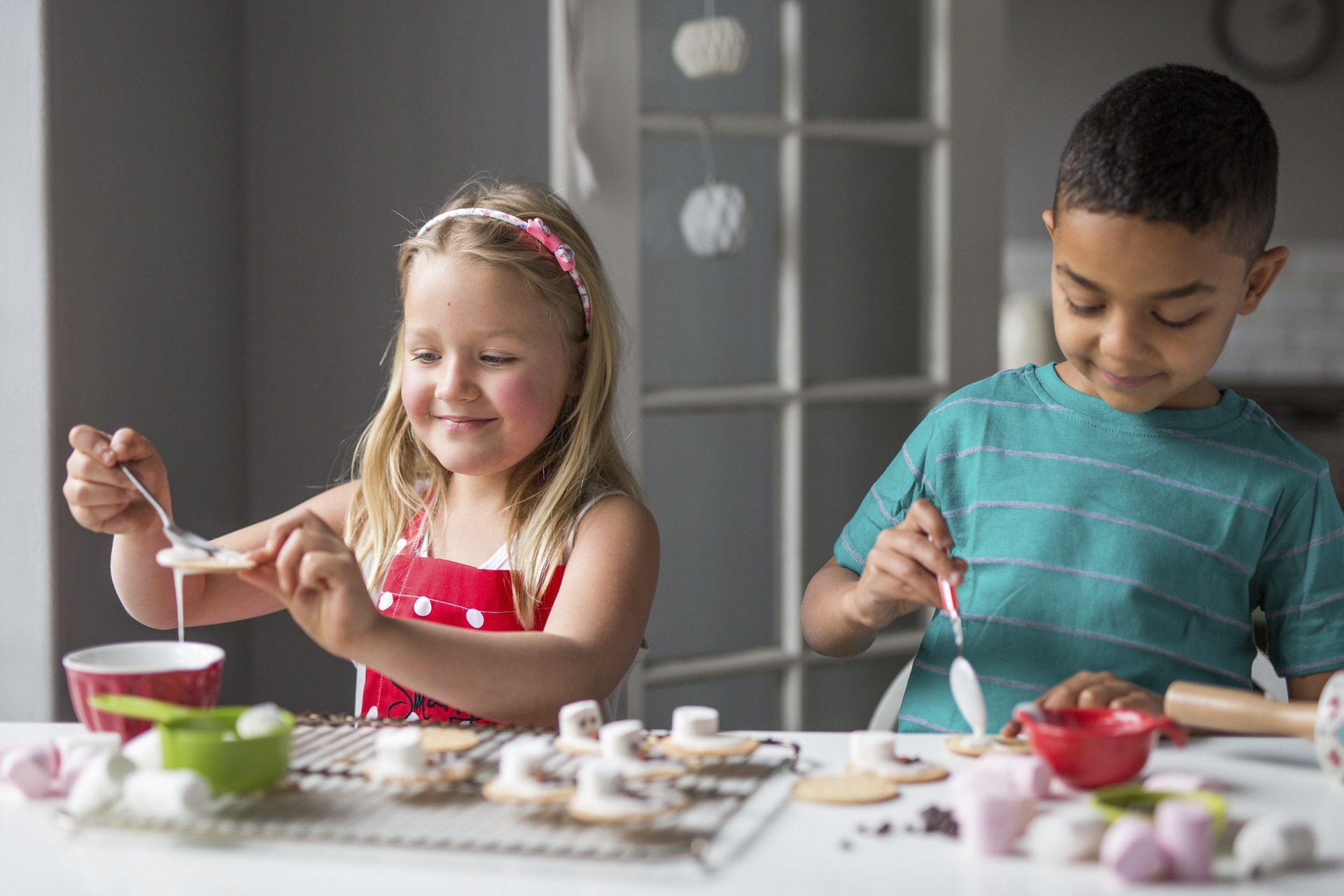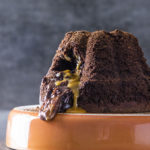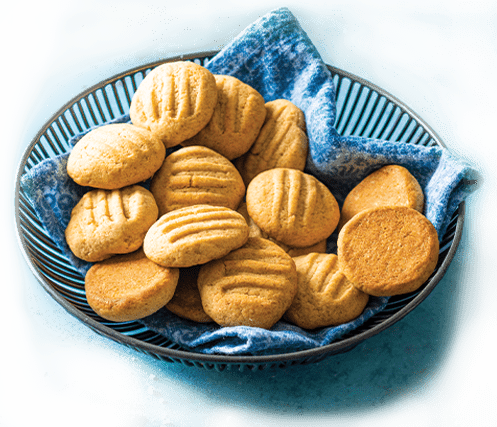Here are the A-B-C’s of introducing your kids to the kitchen (safely).
When introducing your kid to the adventurous world of the kitchen, there are a few easy-to-handle basics you can teach them to help them find their feet. Get out extra aprons, put the kids on the kitchen counter (or get a step) if they’re still too short, and try these easy kitchen tasks. Start by setting out some ground rules – let them know that washing their hands is extremely important and that they should always have an adult present while cooking or baking.
The only way to crack it
When cracking eggs, make sure you tap egg shells against a stable surface (not the edge of a bowl). A few softer taps are better than a hard bash that can end up in a mess. Remember to always break eggs in a small bowl, then add egg to the rest of ingredients – this ensures that a rotten egg won’t spoil other ingredients, plus it’s easier to fish out any bits of egg shell.
Top tip: The best way to scoop out any shards of egg shell is using the egg shell itself – it cuts through the gloopy egg-white strands best.
To whisk or to stir? That is the question…
Mixing is arguably the best part of cooking – even as grown-ups we make sure we get to do that part – but which utensil works best? Use a whisk when there are wet and dry ingredients that need to be incorporated together to form smooth mixture. A wooden spoon will do when you’re simply combining ingredients to evenly distribute it. As for the licking the spoon, this is a great reward and highly encouraged, but make sure they know to ask permission first to avoid them sticking the wrong ingredient (or utensil) in their mouth.
Handling the danger zone
Kids mimic their parents and will inevitably ask to help you cut veg or melt butter in the pot. Avoid this by investing in a plastic knife that can still cut through veggies and are suited for kids or have a spare carrot and a dinner knife at hand to keep them busy while you cut the real stuff. (Remember, a blunt kitchen knife is never the answer, as this can cause more damage than a sharp one.) Consider what can be melted or cooked in the microwave instead of the stovetop, so they can be in charge of that instead. A good rule of thumb is to open the microwave every 30-60 seconds and stir in between to avoid it getting too hot and bubbling over. Also, be sure to teach them to use a tea towel when removing a hot item from the microwave.
The not-so-fun cleaning part
Teach your kids from the very beginning that while something is cooking or baking, they need to clean up after themselves. This can be something simple like asking them to wipe the counter or pack away clean dishes.
Lastly, remember that learning in the kitchen should be fun. If you’re stressed, they’ll be stressed too.









